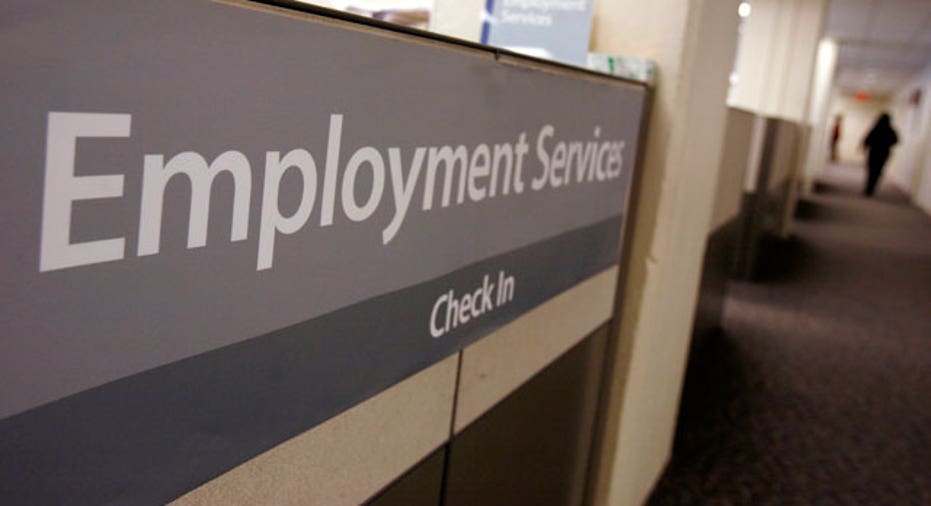Wages to Be Scrutinized in May Jobs Report

Given the Federal Reserve’s increased focus on inflation, economists will be keeping a close eye on May wage figures when the monthly jobs report is released on Friday.
Wages were essentially stagnant in April, with average hourly earnings for nonfarm employees remaining unchanged at $24.31. Yet over the past 12 months, average hourly earnings have risen by 1.9%, according to the U.S. Labor Department, just a shade below the Fed’s 2% target rate for inflation.
The Fed will be looking for evidence that April’s leveling off was an anomaly and not an indication that wages are in a holding pattern, which is bad for the overall economy especially in terms of what it means for inflation.
“Without wages growing faster than the inflation rate then you’re just treading water,” said David W. Berson, chief economist at Nationwide Insurance in Columbus, Ohio.
The inflation rate has been stuck at about 1% for months, a full percentage point below the 2% target rate. Central bankers believe the rate will tick higher as the economy continues to gain momentum.
Berson said the Fed’s concern with low inflation “is that it could turn into negative inflation, which has very bad effects on the economy.”
A Damaging Economic Cycle
Negative inflation, or deflation, creates a damaging economic cycle, Berson explained, in which consumers see prices falling and hold off on buying goods in the belief that prices will fall even further over time. That curbs demand for goods and cuts into overall productivity.
“Think about consumer behavior. If consumers think prices will be lower in six months or a year, they’ll put off spending,” he said. “The Fed is very concerned about that.”
The Fed wants wages to move higher because it helps push inflation higher. When workers are making more money they spend more, which creates demand for goods and ultimately pushes prices higher. All of these elements are signs of a strengthening economy.
Rising wages are also a sign of a tightening job market. When workers are in demand, employees have to pay them more.
Fed Chair Janet Yellen has repeatedly pointed to an excess of “slack” in the labor market, citing the low labor force participation rate, difficulties facing the large number of long-term unemployed workers, and high instances of employers hiring part-time or temporary employees.
If wages are moving steadily higher it’s a sure sign that labor market slack is gradually dissipating.
The inflation rate has grown in significance as an economic indicator as the Fed has moved forward with its plans for winding down its unprecedented accommodative policies initiated in the wake of the 2008 financial crisis and deep recession that followed.
The Fed’s massive asset purchasing program, known as quantitative easing, is set to expire in the fall. The central bank has been cutting its monthly bond purchases by $10 billion each month since January and the mostly positive economic data so far this year has kept that gradual tapering in place.
The May jobs report isn’t expected to offer up any data that would delay tapering plans.
Low Wages Means Low Inflation
The next goal as the Fed seeks to normalize monetary policy is raising interest rates above the near-zero range where they’ve been held for over five years.
Yellen and her Fed colleagues have sought to reassure financial markets that interest rates won’t move higher until well after the bond purchase program is phased out, and not until inflation approaches that target rate of 2%.
That’s why wages have become an important aspect of the Fed’s overall strategy for phasing out its easy-money policies. If wages don’t move higher, inflation will remain stuck below the Fed’s target rate.
Overall, the May jobs report is expected to provide more evidence that U.S. labor markets are gradually getting stronger.
The consensus among analysts is that 218,000 new jobs were created last month, down a bit from the 288,000 new jobs in April but still a relatively strong number that would represent the fourth consecutive month the economy has created more than 200,000 new payroll jobs.
Economists also expect the labor participation rate to rise slightly, a step in the right direction for the overall health of the labor market because it means more people are out looking for jobs, a sign of optimism that companies are hiring.
A higher labor participation number could raise the headline unemployment rate, possibly a tenth of a percentage point higher to 6.4% from its current 6.3% level. But that would actually be a positive move because it would mean more people are joining the workforce.



















